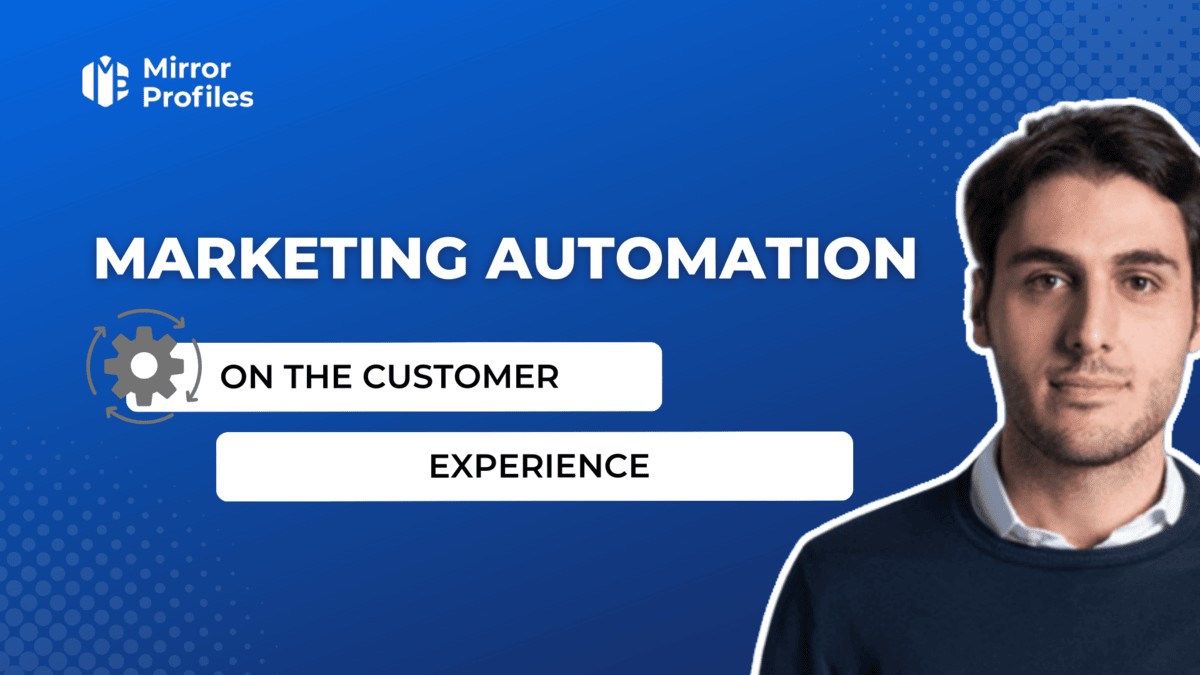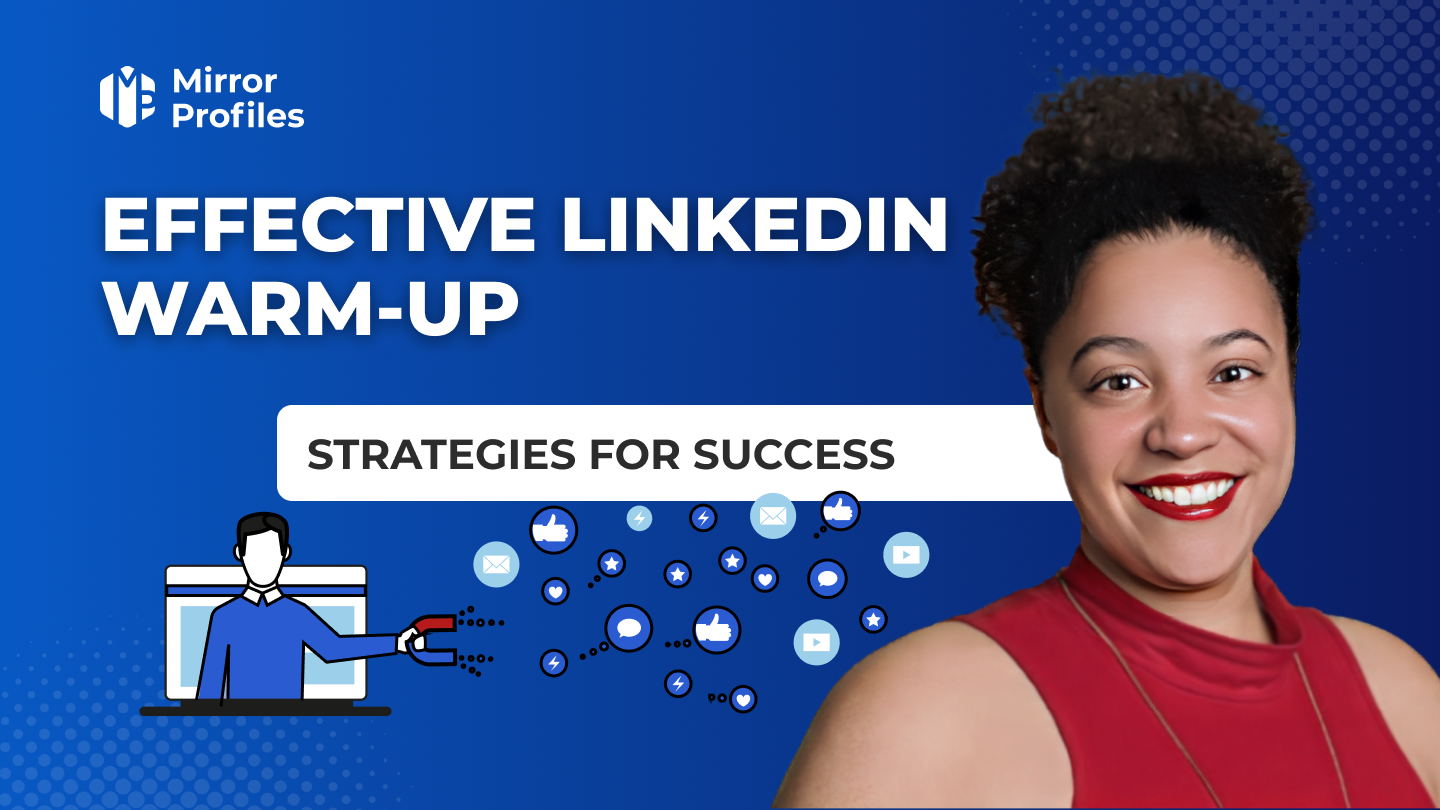Introduction
Marketing automation refers to the use of specialized software to simplify and optimize marketing actions. This process centralizes the handling of multiple channels – such as emailing, social networks, mobile messaging and advertising management – from a single point. The point? Improve the customer experience, which encompasses all the emotions and perceptions felt throughout the purchasing process. A quality customer experience is essential to building customer loyalty, turning them into true brand advocates and increasing revenues. Automation can enrich this experience in a number of ways, including personalizing interactions, increasing responsiveness, ensuring constant availability, and using predictive data to anticipate consumer needs. We’ll also explore how to select the right tools for your business, and the keys to developing an effective marketing strategy.
Greater personalization thanks to automation
Marketing automation significantly improves the personalization of customer communications. It is based on three pillars:
- detailed audience segmentation,
- content and offers corresponding to users’ actions,
- as well as feedback demonstrating increased customer engagement.
Why automation doesn’t rhyme with spamming? It’s based on data, and the more data you have, the more you’ll be able to tailor each e-mail or Linkedin message to appeal to your reader. I like to remind people of this adage: “A salesperson doesn’t sell, he or she solves a need”. The role of personalization via automation is to be able to objectively know if the product/service you’re offering can really be useful to your prospect.
Personalizing outbound prospecting doesn’t just come down to “merge tags” (personalized variables), i.e. putting a “Hello ((firsname))” is not what I call personalized. Good copywriting is based on 2 factors:
- An enriched prospecting file
- A clear proposal with 1 sales argument
Precise audience segmentation and targeting
Thanks to automation, customer data – demographics, interests, purchase histories, interactions with the brand – can be precisely segmented for tailored communications that meet their specific expectations. This not only improves conversion rates, but also boosts customer loyalty. When it comes to outbound prospecting, Linkedin is a B2B network brimming with useful information, not only about the company, but also (and above all) about the person. A sale is made from one human being to another, not from one company to another. The more information you can obtain about your prospect’s past, the more you’ll know which sales argument will hit the bull’s-eye. MirrorProfiles, thanks to its portfolio of Linkedin accounts, is able to provide you with all this data if you need it. In fact, your Linkedin account won’t be enough because it requires a lot of action on your part.
a quota system
to avoid massive data scraping.
Content and offers tailored to user behavior
This technology facilitates the creation and distribution of content and offers based on user behavior. Suggesting items or services associated with previous orders, sending notifications of promotions adapted to the customer’s buying cycle, or suggesting relevant content according to their preferences, all help to increase customer satisfaction and cultivate their trust. For example, the Plezi tool combines intelligent lead generation and lead nurturing functionalities with seamless integration with CRM tools. Plezi enables you to adapt your content to all the information you’ve gathered about the person in question, automatically.
Testimonials on improving customer engagement
Automating marketing helps to enrich the customer experience, making it unique and personalized, which translates into increased engagement. Several studies and testimonials attest to the beneficial impact of automation on key indicators such as e-mail open rates, clicks, retention and sales. Ultimately, strong customer engagement solidifies the relationship with the brand and encourages the creation of dedicated ambassadors. One indicator, for example, is to build up a network of 1st Linkedin users who will interact with your content, your
Linkedin posts
posts will become visible to their own network, and you’ll increase the snowball effect of good content for high visibility.
Reactivity and availability: the benefits of automated marketing
Marketing automation is an effective strategy for improving responsiveness and availability to customers. It is based on three main pillars:
- immediate responses thanks to chatbots and automated messaging
- systematic customer follow-up and reminders
- and case studies demonstrating how these techniques can boost customer satisfaction.
It is essential to ensure a reactivity of less than 20 min in B2B. The spin-offs are extremely beneficial. For example, at MirrorProfiles, this is our great strength: the majority of tickets or customer requests made on our chat are processed in less than 10 minutes by our team.
When it comes to outbound prospecting, responsiveness is just as important, if not more so, because the faster you are, the less time your prospect will have to move on to another subject and forget about you. That’s why MirrorChat exists.
Instant responses with chatbots and automated messaging
Chatbots and automated messaging are key to providing instant answers. Thanks to these technologies, companies can offer reactive service 24/7. Chatbots, or conversational agents, converse with customers, answering their frequently asked questions, guiding them and assisting them in the process. For their part, automatic messages such as emails or SMS, triggered by specific customer actions (registration, purchase…), help maximize availability while minimizing costs. With the advent of AI, it’s all the easier to have intelligent, conversational FAQs. For example, you can use Mistral AI and train your AI on your own documentation, then by connecting it to your chatbot, your users will receive a response just as relevant as your support team could have done.
Automated reminders and customer follow-up
Automation also enables efficient management of reminders and customer follow-up. This means nurturing the relationship with the customer at every stage of the process, from prospecting to retention. Through actions triggered by customer behavior or profile, such as sending customized offers or surveys, the company can strengthen its ties with customers, boost sales and prevent customer loss.
Success stories in improving customer satisfaction
Leading companies testify to the effectiveness of marketing automation in enhancing the customer experience. For example, the online bank ING Direct, thanks to a marketing automation strategy, saw its conversion rate increase by 30%, its retention rate rise by 20% and its referrals climb by 15%. For its part, L’Oréal, by personalizing its interactions, saw a 17% increase in sales and a 25% improvement in customer loyalty. These successes illustrate the power of well-targeted marketing automation.
Anticipate customer needs with predictive data
Thanks to marketing automation, it is now possible to predict customer needs using predictive data. This approach is based on three priority pillars:
- the integration of artificial intelligence (AI) to predict expectations,
- predictive analysis to drive forward-thinking marketing actions,
- and the examination of real-life cases that demonstrate a clear improvement in the customer experience thanks to the use of predictions.
The market is not yet mature in this area, but many startups have entered the sector to provide companies with ever more market insights. The aim is to improve business timing, which often accounts for 50% of the work involved in outbound prospecting. This is the case of startup Scopify, which excels in predictive data.
Using artificial intelligence to anticipate needs
Artificial intelligence enables computer systems to perform operations that would normally require human intelligence. Able to digest vast data sets to detect behavior patterns and trends, AI generates valuable insights that help predict customer needs based on their history, preferences and even emotions. This leads to tailor-made experiences, particularly targeted to individual customer requirements.
Predictive analysis combines the use of AI, statistics and historical data to estimate future trends. This technique is particularly effective for developing proactive marketing campaigns, i.e. initiatives designed to anticipate expectations and meet them before they are even expressed. This can include proposing personalized offers based on the probability of purchase, issuing alerts when the risk of customer churn is detected, or suggesting products or services that might capture consumers’ interest.
Case study showing how predictivity can improve the customer journey
Using predictivity to anticipate customer requests enriches their experience, making it more coherent and satisfying. Numerous case studies testify to the beneficial influence of this anticipation on customer retention and expansion. For example, the airline Air France used predictive analysis to fine-tune its loyalty programs, and saw its sales increase by 10%. In a different register, Netflix has implemented AI to adapt its recommendations and better retain its users.
Conclusion
Marketing automation is a powerful approach that transforms the customer experience by personalizing messages. This increased responsiveness and ability to anticipate customer needs are made possible by advances in software, data and artificial intelligence. This strategy contributes to enhanced customer satisfaction, increased loyalty and higher referrals and sales for your company.
To develop a successful marketing automation strategy, it’s crucial to choose the right platform, clarify your marketing objectives, segment your target audiences, produce content and offers that resonate with their expectations, and track the performance of your actions. MirrorProfiles is a good example of this, enabling our customers to capitalize on Linkedin to deploy all the axes we have just discussed in this article.
FAQ
How to use marketing automation
To get started with marketing automation, it’s essential to define precise objectives and fully understand your target audience. Then develop an effective content strategy, choose a suitable automation platform and constantly analyze your results to improve.
Why implement marketing automation?
Implementing marketing automation offers the major advantage of personalizing and automating marketing initiatives according to each prospect. This helps significantly to increase lead generation, convert prospects into customers more efficiently and strengthen customer loyalty.
Who uses marketing automation?
Companies looking to optimize their marketing and enrich their customers’ experience are adopting marketing automation. With this tool, they automate recurring marketing activities such as email management, social networking activity and advertising campaigns.





